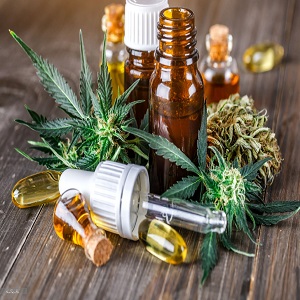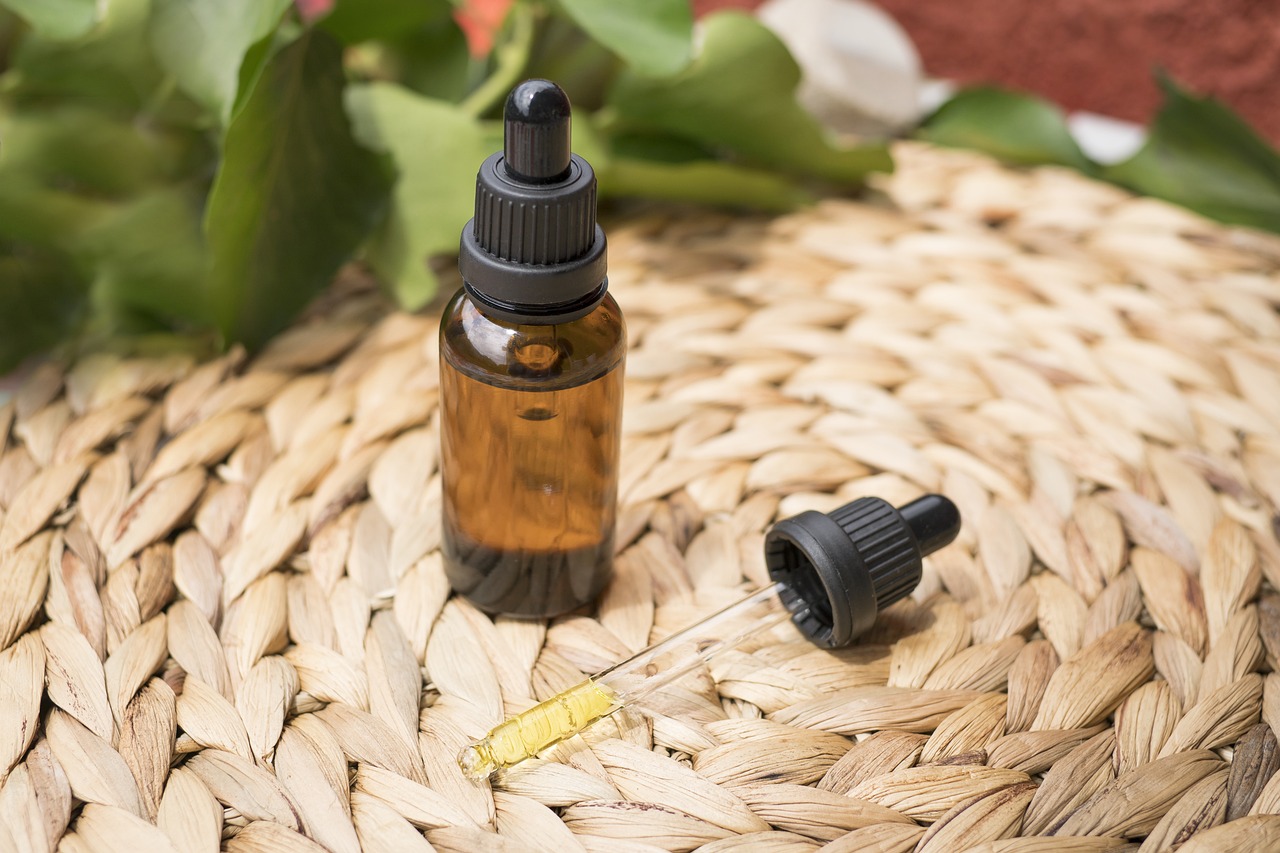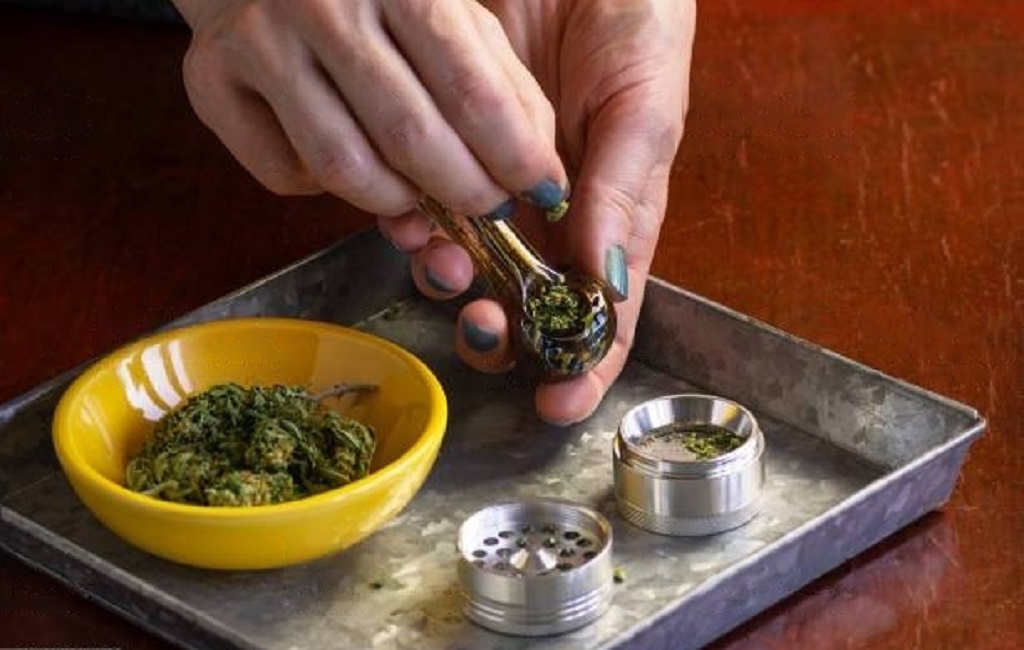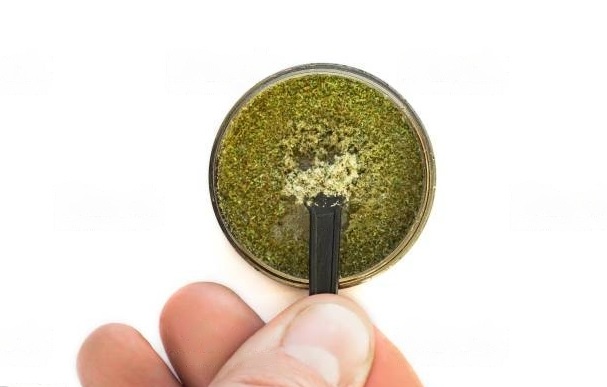Understanding THC/CBD potency labels on weed products is crucial for consumers to make informed decisions about their cannabis use. These labels provide valuable information about the concentration of cannabinoids, such as THC (tetrahydrocannabinol) and CBD (cannabidiol), which influence the effects and potential benefits of the product. Here’s a comprehensive guide on how to read and understand THC/CBD potency labels on weed products:
1. Know the Basics:
Before diving into potency labels, it’s essential to understand the basics of THC and CBD. THC is the primary psychoactive compound in cannabis responsible for the “high” or euphoric effects, while CBD is a non-intoxicating cannabinoid known for its potential therapeutic properties. Both cannabinoids interact with the body’s endocannabinoid system to produce various effects.
2. Understand Potency Measurements:
THC and CBD potency are typically measured as a percentage of the total weight of the product. For example, a product labeled as containing 20% THC means that 20% of the total weight of the product is THC. Similarly, a product containing 10% CBD means that 10% of the total weight is CBD. Understanding these measurements helps consumers gauge the strength of the product and adjust their dosage accordingly.
3. Interpret THC/CBD Ratios:
Some products may feature THC/CBD ratios, indicating the relative proportions of THC to CBD. For example, a product with a 1:1 THC/CBD ratio contains equal amounts of THC and CBD, while a product with a 2:1 THC/CBD ratio contains twice as much THC as CBD. Ratios can help consumers choose products that align with their desired effects and therapeutic goals.
4. Consider Desired Effects:
When interpreting THC/CBD potency labels, consider your desired effects and preferences. Products with higher THC concentrations are more likely to produce psychoactive effects such as euphoria, relaxation, and heightened sensory perception. In contrast, products with higher CBD concentrations may offer therapeutic benefits such as pain relief, reduced inflammation, and anxiety reduction, with minimal psychoactive effects.
5. Start Low and Go Slow:
If you’re new to cannabis or trying a new product, it’s essential to start with a low dose and gradually increase as needed. Begin with products that have lower THC concentrations to minimize the risk of adverse effects such as anxiety, paranoia, and impaired cognition. Monitor your response to the product and adjust your dosage accordingly to achieve the desired effects without overconsumption.
6. Look for Total Cannabinoid Content:
In addition to THC and CBD, cannabis products may contain other cannabinoids, terpenes, and compounds that contribute to the overall effects and therapeutic benefits of the product. Some labels may include information about the total cannabinoid content, providing a more comprehensive overview of the product’s potency and composition.
7. Consider Terpene Profiles:
Terpenes are aromatic compounds found in cannabis that contribute to its flavor, aroma, and effects. Some labels may include information about the terpene profile of the product, highlighting specific terpenes and their potential effects. Understanding terpene profiles can help consumers choose products that align with their preferences and desired outcomes.
8. Check for Testing Information:
Reputable cannabis producers conduct third-party testing to verify the potency, purity, and safety of their products. Look for labels that include information about testing results, including cannabinoid potency, terpene profiles, and presence of contaminants such as pesticides, heavy metals, and residual solvents. Third-party testing ensures transparency and quality assurance for consumers.
9. Consider Consumption Method:
The method of consumption can influence the onset, duration, and intensity of cannabis effects. For example, inhalation methods such as smoking and vaping produce rapid effects but shorter duration, while oral methods such as edibles and tinctures have slower onset but longer-lasting effects. Choose products with potency levels and formulations that are compatible with your preferred consumption method.
10. Consult with Budtenders or Healthcare Professionals:
If you have questions or concerns about THC/CBD potency labels, don’t hesitate to seek guidance from knowledgeable sources such as budtenders at dispensaries or healthcare professionals with expertise in cannabis therapeutics. They can provide personalized recommendations based on your individual needs, preferences, and health considerations.
11. Be Mindful of Tolerance and Sensitivity:
Individual tolerance and sensitivity to cannabinoids can vary widely based on factors such as genetics, metabolism, and prior cannabis use. If you have a low tolerance or are sensitive to THC, opt for products with lower potency levels to minimize the risk of adverse effects. Conversely, if you have a higher tolerance or require stronger effects for therapeutic purposes, you may prefer products with higher potency levels.
12. Consider Entourage Effect:
The entourage effect refers to the synergistic interaction between cannabinoids, terpenes, and other compounds found in cannabis, which enhances the overall effects and therapeutic benefits of the plant. When evaluating THC/CBD potency labels, consider how the entourage effect may influence your experience with the product. Products with balanced cannabinoid and terpene profiles may offer enhanced efficacy and holistic effects compared to isolated cannabinoids.
13. Read Reviews and Seek Recommendations:
Before purchasing a cannabis product, take the time to read reviews and seek recommendations from other consumers who have tried the product. Online platforms such as Leafly, Weedmaps, and social media groups are valuable sources of information where consumers share their experiences, preferences, and insights into specific products and brands.
14. Stay Informed and Educated:
As the cannabis industry continues to evolve, stay informed and educated about new developments, research findings, and emerging trends in cannabis science and policy. Follow reputable sources of information, attend educational events, and engage with the cannabis community to deepen your understanding of THC/CBD potency labels and make informed choices about cannabis use.
In conclusion, understanding THC/CBD potency labels on weed products empowers consumers to make informed decisions about their cannabis use, dosage, and consumption preferences. By interpreting potency labels, considering desired effects, starting low and going slow, and seeking guidance from knowledgeable sources, consumers can navigate the diverse landscape of cannabis products with confidence and mindfulness.
Locals have access to Milton weed delivery services that offer a diverse range of cannabis products for both medical and recreational purposes. These services prioritize convenience and discretion, providing residents with safe and lawful access to cannabis products within the Milton community.



